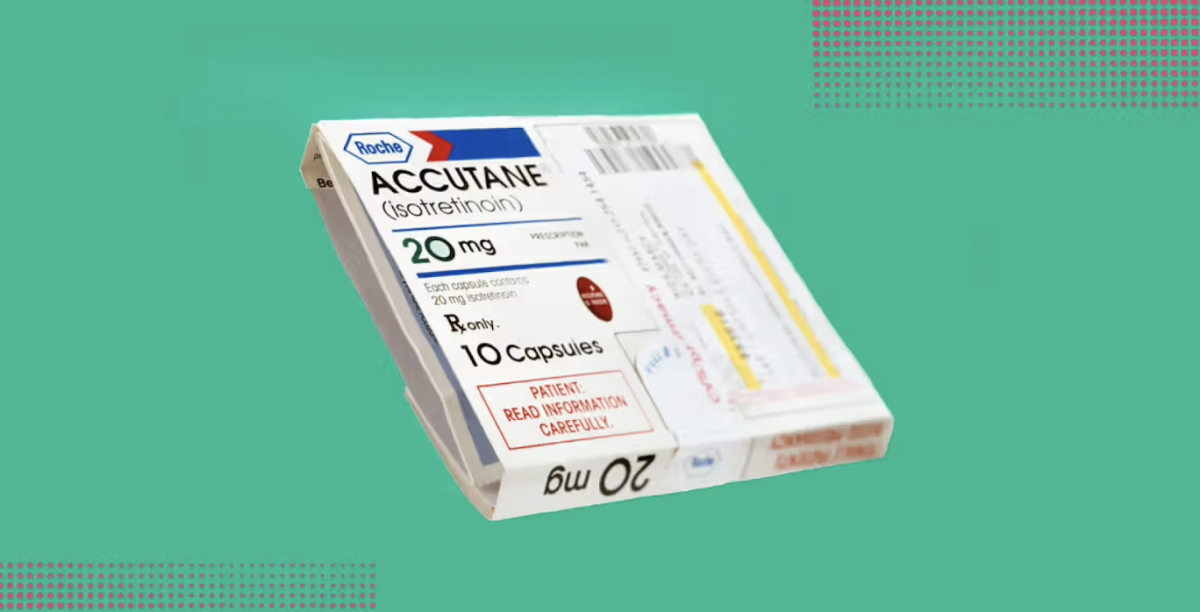During December 2020, the first vaccines for Sars-Cov2 were released to the general public. These vaccines were special, not only because they were helping combat one of the worst global pandemics in the past century, but also because they were based on a revolutionary technique, CRISPR or clustered regularly interspaced short palindromic repeats of DNA. Walter Isaacson’s book Code Breaker, discusses the discovery of CRISPR and what it entails.
Isaacson opens the book with the childhood of Jennifer Doudna, one of the major contributors to CRISPR technology. Code Breakers introduced the wild world of the microbiome. Every day on the cellular level, bacteria and viruses wage a genetic arms race for survival. In this fight, bacteria have developed CRISPR, which can learn the genetic code of viruses and incorporate RNA into their own genetic codes. These new strands of DNA can be transcribed into short segments of RNA which help the bacterial cell fight viruses they have previously encountered. As a result, viruses find new ways to avoid and defeat the CRISPR system, while the CRISPR system follows suit in improvements. Because of this,certain bacteria have become incredibly efficient at dissecting viral codes, and are nearly immune to these viruses.
Upon discovering this phenomena, scientists were intrigued by CRISPR’s potential for gene editing. Code Breaker goes on to detail the search for the components to the biological tool that has the potential to change lives. Of course, scientists are never content with merely discovering how something works, the next step in CRISPR was incorporating it into eukaryotic cell gene editing. The book is disappointingly short on this section with the focus of these chapters not on the discovery of technology, but rather on the legal fight for who invented the process.
Once scientists made CRISPR capable of functioning in eukaryotic cells, the debate over the technology’s morality commenced. While CRISPR technology has great potential, there are also moral gray zones, such as designing babies or editing human genes. Arguments in the book include the idea that editing a baby’s genome could turn it into a product instead of a human. In addition, no one can be entirely sure what is inside Pandora’s box and whether gene editing could have unintended consequences. However, CRISPR’s potential is undoubtedly incredible and could save millions of lives. An example of this is the COVID-19 vaccine, which was produced in under a year, compared to the decades that conventional vaccines require. To underutilize this technology could cause heavy loss of life and to overutilize it could destroy people’s humanity, thus creating a moral enigma. Code Breakers covers several of the arguments for and against the technology, interviewing a variety of professionals and politicians.
Overall, Code Breakers is a well-written book that describes the path of CRISPR technology. Its detailed research gives the reader a thorough understanding of both the technology and the people involved in making it. CRISPR could revolutionize the fields of medicine and biology. However, such power also comes with a number of risks which are discussed throughout the book. If you’re looking for a stimulating scientific read this summer, I highly recommend this book as it keeps readers engaged and curious.




